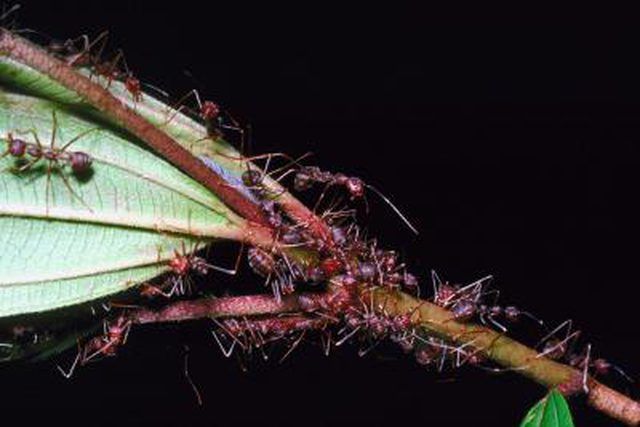Bulbs
Flower Basics
Flower Beds & Specialty Gardens
Flower Garden
Garden Furniture
Garden Gnomes
Garden Seeds
Garden Sheds
Garden Statues
Garden Tools & Supplies
Gardening Basics
Green & Organic
Groundcovers & Vines
Growing Annuals
Growing Basil
Growing Beans
Growing Berries
Growing Blueberries
Growing Cactus
Growing Corn
Growing Cotton
Growing Edibles
Growing Flowers
Growing Garlic
Growing Grapes
Growing Grass
Growing Herbs
Growing Jasmine
Growing Mint
Growing Mushrooms
Orchids
Growing Peanuts
Growing Perennials
Growing Plants
Growing Rosemary
Growing Roses
Growing Strawberries
Growing Sunflowers
Growing Thyme
Growing Tomatoes
Growing Tulips
Growing Vegetables
Herb Basics
Herb Garden
Indoor Growing
Landscaping Basics
Landscaping Patios
Landscaping Plants
Landscaping Shrubs
Landscaping Trees
Landscaping Walks & Pathways
Lawn Basics
Lawn Maintenance
Lawn Mowers
Lawn Ornaments
Lawn Planting
Lawn Tools
Outdoor Growing
Overall Landscape Planning
Pests, Weeds & Problems
Plant Basics
Rock Garden
Rose Garden
Shrubs
Soil
Specialty Gardens
Trees
Vegetable Garden
Yard Maintenance
How to Get Rid of Ants & Slugs in My Potting Plants
How to Get Rid of Ants & Slugs in My Potting Plants. Ants and slugs are a problem for plant lovers. They are not selective and will visit any plant that has beneficial resources, even potted plants. Slugs enjoy eating the tender stems and leaves and create holes wherever they snack. Ants are attracted to the plants that house aphids and scales and...

Ants and slugs are a problem for plant lovers. They are not selective and will visit any plant that has beneficial resources, even potted plants. Slugs enjoy eating the tender stems and leaves and create holes wherever they snack. Ants are attracted to the plants that house aphids and scales and will establish a home in pots that contain edible substances or comfortable potting soil. Both pests make potted plants look unattractive, and their activities are harmful. You can use various remedies to remove slugs and ants from your potted plants. However, you must do so carefully to avoid damaging the plant.
Things You'll Need
Water
Bucket
Large container or pan
Plant pot
Humus, compost or dirt
Stick
Ant bait
Cinnamon
Talcum powder
Slug pellets
Snail bait
Small, shallow container
Beer
Copper wire or flashing
Crushed eggshells
Remove Ants from Potted Plants
Soak the potted plant in water to remove the ants. Place the pot inside a bucket and fill the bucket with water up to the top of the plant. Let the potted plant soak for at least an hour to force all the ants out of the soil. Lift the pot out of the bucket and let it drain. For pots too large to place in a bucket, water the plant continuously for 30 minutes to evict the ants.
Put the potted plant in a large container or pan. Fill a second pot with compost, humus or dirt and set it next to the potted plant. Place a stick on the edges of both pots as a bridge. Water the potted plant continuously to disturb the ants. Because they do not like water, the ants will use the bridge to escape to the second pot.
Place ant bait on the floor, close to your potted plant. When the ants smell the bait, they leave the pot to feed on the poison. They do not return after they have ingested the bait. Effective bait can eliminate the ants in a short amount of time.
Sprinkle natural repellents such as cinnamon or talcum powder around your potted plants to keep ants from returning.
Place potted plants in shallow containers of water to prevent ants from climbing in to prevent future infestations. Ensure there are no leaves or branches close to the ground that ants could use as a bridge.
Remove Slugs from Potted Plants
Pick off the slugs from your plant and dispose of them. Check for slugs on the stems, both sides of the leaves, the base of the plant and the sides of the pot.
Eliminate slugs with pellets or snail bait if the problem is severe. Place the pellets or bait on top of the soil. The slugs eventually perish after consuming the poison.
Place a container of beer on the soil or near the potted plant. According to the authors of "Logee's Greenhouses Spectacular Container Plants," slugs enjoy the taste of beer and will drink it, then drown in the liquid. Use containers that are about a half-inch deep -- shallow enough for slugs to enter and deep enough to drown in.
Prevent further infestation of slugs with nontoxic remedies. Surround the potted plant with a copper wire or copper flashing, an element that slugs abhor.
Repel slugs by sprinkling crushed eggshells on the soil or around the pot.
Tips & Warnings
Always use caution when handling ant bait and slug pellets. Do not use them where children and pets could have access to the poison.